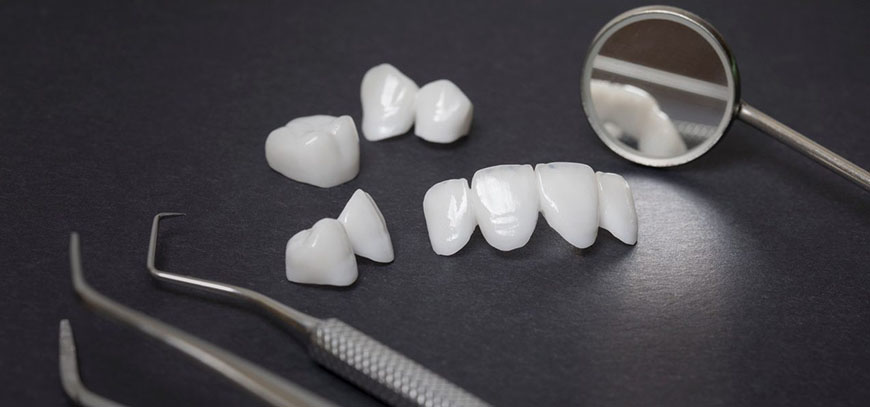Working Time
- Mon-Sat 10:00 – 19:00
Contact Info
-
+90 542 512 51 64
Ask the Experts
Dental Bridges

A dental bridge essentially bridges a gap in your mouth. It involves replacing a missing tooth with a false tooth which is bonded to the natural teeth on either side of the gap. There are two main types of dental bridges. The most common type consists of two crowns, made of porcelain or metal, which are permanently bonded to your natural teeth either side of the space, with the false tooth (or teeth) in the middle.
If the teeth either side of your missing teeth are strong and healthy, you may be able to have an adhesive bridge. An adhesive bridge is a false tooth with ‘wings’ either side of it. These wings are bonded to the inner surfaces of the supporting teeth. This avoids the need to prepare the neighboring teeth for full coverage crowns.
What are the benefits of Dental Bridges?
Dental bridges offer a permanent solution for missing teeth. Unlike dental implants, bridges can replace missing teeth without surgery. And with porcelain finishes available, your new tooth could be almost indistinguishable from the natural teeth surrounding it.
Having a dental bridge can boost your confidence in your smile and make day to day activities such as eating and talking easier. Replacing a missing tooth can also help protect your remaining teeth. When you have gaps, remaining teeth may lean over or move into the space, affecting the way you bite. Food can also get trapped in spaces, increasing your risk of tooth decay.
Dental bridges are an investment in your confidence, quality of life and oral health.
Contact our online consultants on WhatsApp number +90 542 512 51 64 to find out more about bridges. Our consultants will be happy to discuss your options with you.
What are the alternatives to Dental Bridges?
There are several ways to replace missing teeth. It’s important to explore all the options and discuss them with us. Alternatives to bridges include:
- Full or partial dentures (false teeth) – Removable plastic or metal frameworks that have false teeth attached
- Dental implants – An imitation porcelain tooth (a crown)fitted on top of a titanium implant that is fixed directly into your jawbone
Our online consultants will help you decide which option is best for you.
There are many variables that can affect the price including:
- The number of teeth needed to fill the gap
- The materials used, such as composite resin, zirconia, or metal alloy covered in resin
- The complexity/difficulty of the placement
- The additional treatments for other dental issues, such as gum disease
- The geographic location
Contact our onine consultants now on WhatsApp number +90 542 512 51 64 to receive a proper treatmentsplan and quote.
When you have a missing tooth or missing teeth, it can affect you in a number of ways. A dental bridge can address those changes, including:
- Restoring your smile
- Restoring the ability to properly chew
- Restoring your speech and pronunciation
- Maintaining the shape of your face
- Re-adjusting your bite to properly distribute the force when you chew
- Preventing your remaining teeth from moving out of the correct position
During the first visit for getting a dental bridge, the abutment teeth are prepared. Preparation involves recontouring these teeth by removing a portion of enamel to allow room for a crown to be placed over them. Next, impressions of the teeth are made, which serve as a model from which the bridge, pontic, and crowns will be made by a dental lab. Your dentist will make a temporary bridge to wear to protect the exposed teeth and gums while the bridge is being made.
During the second visit, your temporary bridge will be removed and the new porcelain or metal bridge will be checked and adjusted, as necessary, to achieve a proper fit. Multiple visits may be required to check the fit of the metal framework and bite. This is dependent on each individual’s case. In just one week your treatment will be finalised and you will be able to fly back home with a fully functional and easthetical smile.
